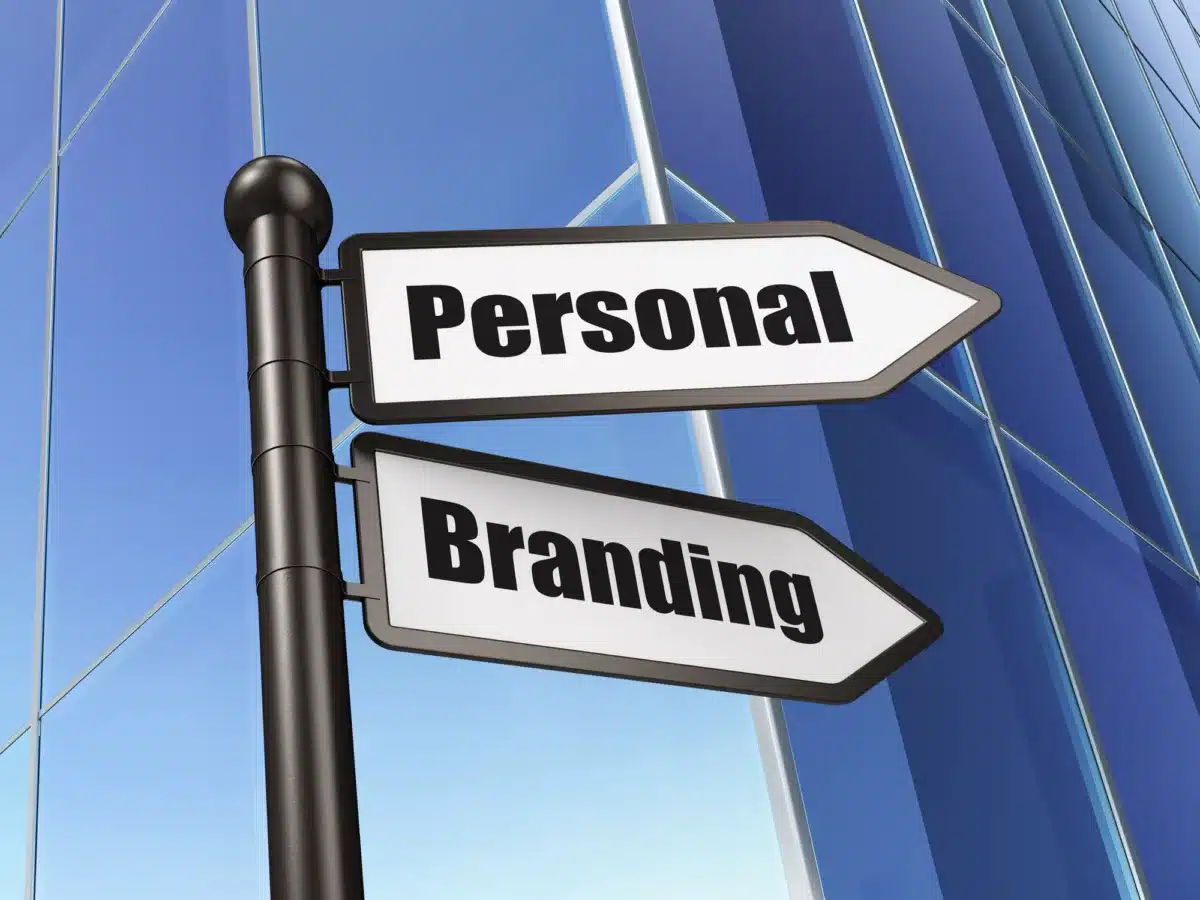Personal Branding: The Good, the Bad, and the Do’s and Don’ts
Creating a strong personal brand can be the key to unlocking exciting opportunities and building a successful career or business. But just like any other venture, there are some do’s and don’ts you should keep in mind to ensure you’re putting your best foot forward.
Do: Be Authentic
Authenticity is the golden rule of personal branding. Be yourself! Your personal brand should reflect who you are as a person. Don’t pretend to be something you’re not. Instead, let your uniqueness shine through in everything you do. It’s all about being genuine and staying true to your values.
Don’t: Overshare
While it’s important to be authentic, there’s such a thing as oversharing. Personal branding doesn’t mean sharing every detail of your life. Avoid sharing too much personal information, especially if it’s unrelated to your professional image. Keep a healthy balance between your personal and professional life.
Do: Showcase Your Skills
Your personal brand should highlight your strengths and skills. If you’re an expert in something, let people know! Share your knowledge and insights in your area of expertise through blog posts, social media, or in-person networking. The more you showcase your skills, the more you’ll be seen as an authority in your field.
Don’t: Overthink It
While it’s essential to put thought into your personal brand, don’t get caught up in perfectionism. Your brand will evolve over time, just like you do. So, avoid obsessing over every little detail or waiting for the perfect moment to start. Start now, learn as you go, and refine your brand as you gain experience. Additionally, while consistency is important, don’t overdo it. Being too rigid or repetitive can make you come across as robotic or boring. People want to see different facets of your personality, so it’s okay to mix things up and show some variety in your content.
Do: Tell Your Story
Your personal brand is your story, so make sure it’s a compelling one. Share your journey, your challenges, and your successes. People love stories, and a well-told narrative can help you connect with others on a deeper level. Your story makes you relatable and human, not just a faceless brand.
Don’t: Ignore Feedback
Feedback, whether positive or negative, is valuable for personal growth. Embrace feedback as an opportunity to improve and refine your personal brand. Listen to what others have to say, and be open to making changes that align with your goals.
Do: Engage with Your Audience
Building a personal brand is all about building relationships. Interact with your audience, respond to comments, and engage in conversations. This not only shows that you care but also helps in establishing a loyal following.
Don’t: Ghost Your Followers
Neglecting your audience is a big no-no. If you stop responding to comments or messages, your followers might lose interest. Remember, your audience is the lifeblood of your personal brand. Treat them with respect and attention.
Do: Build a Strong Online Presence
In today’s digital world, your online presence is a significant part of your personal brand. Create a professional-looking LinkedIn profile, keep your social media accounts up-to-date, and consider starting a personal website or blog to showcase your expertise and accomplishments. A strong online presence can help you connect with like-minded individuals and potential opportunities.
Don’t: Neglect Offline Networking
While online presence is vital, don’t forget about the power of offline networking. Attend industry events, join local organizations, and engage in face-to-face conversations with people in your field. Building meaningful relationships offline can have a lasting impact on your personal brand.
Do: Keep Learning and Growing
The world is always changing, and personal branding is no exception. Keep learning and adapting to new trends and technologies. Attend workshops, read books, and stay up to date with what’s happening in your industry.
Don’t: Get Discouraged
Personal branding takes time and effort, and it won’t yield instant results. Don’t get discouraged if you don’t see immediate success. Keep working on your brand, stay patient, and continue to learn and adapt.
In the end, personal branding is all about being yourself, telling your story, and engaging with your audience. It’s not about perfection but about authenticity. By following these dos and don’ts, you can start building a personal brand that truly represents who you are and what you stand for.










